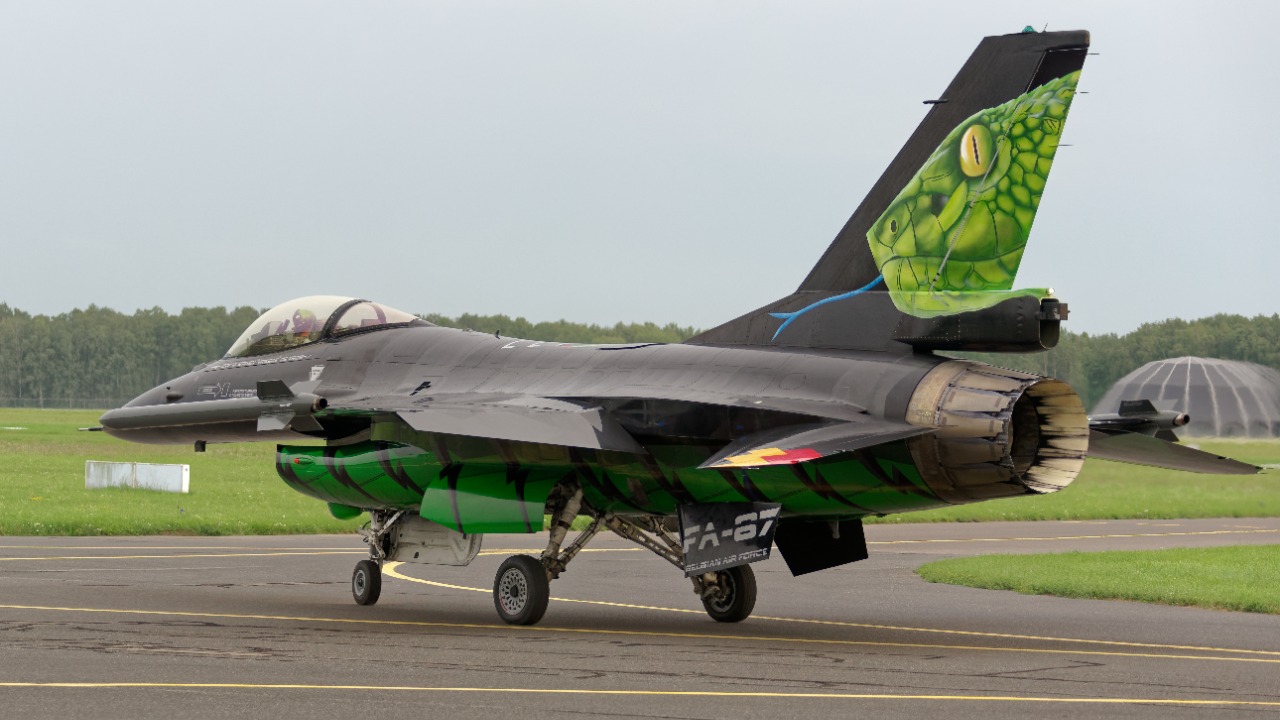
The recent engagement between Ukraine’s F-16 and Russia’s Su-35 has captured global attention, serving as a case study for military strategists and aviation enthusiasts alike. This confrontation not only highlights the tactical prowess of the F-16 but also signals a shift in air combat dynamics. As the world watches, the implications of this encounter for the future of air warfare are becoming increasingly clear.
Technological Edge of the F-16
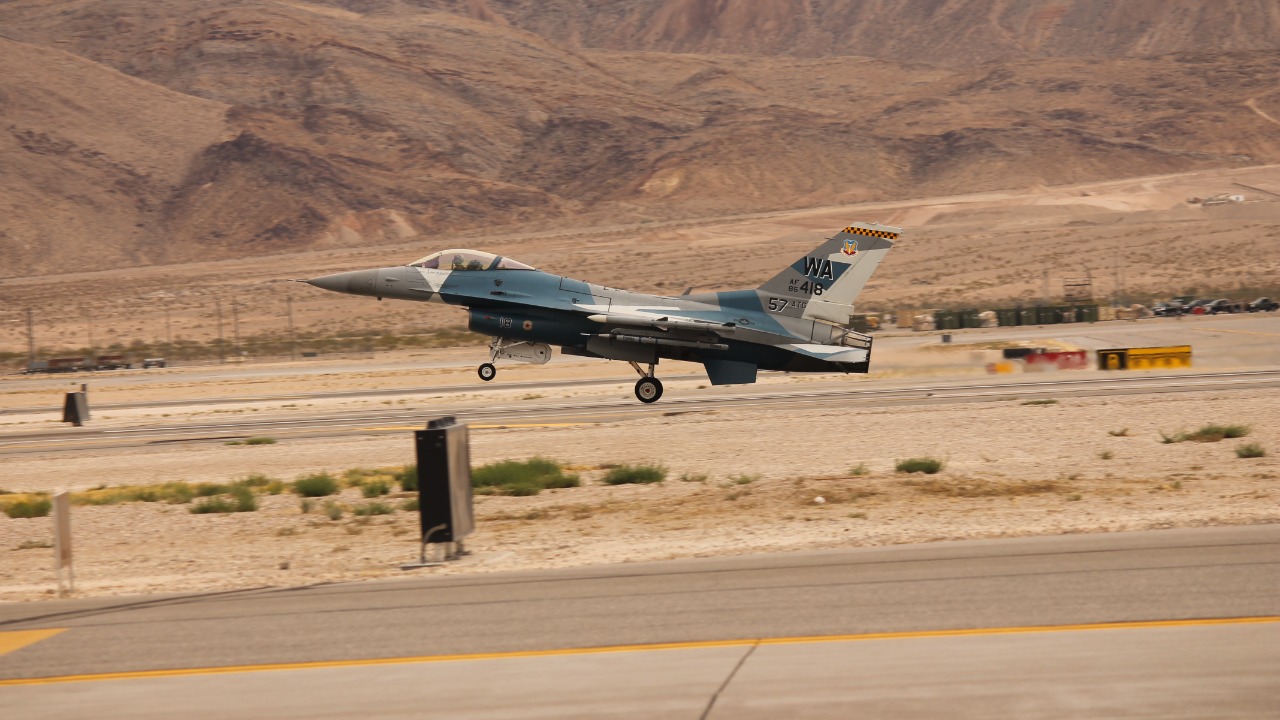
The F-16’s advanced avionics and weapons systems are pivotal in establishing its superiority over older aircraft like the Su-35. Its state-of-the-art radar and targeting systems allow for precise and efficient engagement of adversaries, even in challenging conditions. The F-16’s integration of modern missile systems further enhances its capability to dominate the skies, offering a tactical edge that older aircraft struggle to match.
Beyond its technological advancements, the F-16 is renowned for its versatility and adaptability. This multirole fighter is capable of executing a wide range of missions, from air superiority to ground attack, making it an indispensable asset in modern military operations. The aircraft’s ability to quickly adapt to various combat scenarios enhances its effectiveness, allowing nations to use fewer resources while achieving superior combat outcomes.
Additionally, the F-16 offers significant economic and strategic benefits. Its cost-effectiveness compared to newer, more expensive jets makes it an attractive option for nations seeking to bolster their air capabilities without exorbitant expenditure. Furthermore, its upgrade potential ensures that the F-16 remains relevant and competitive, with continuous improvements to its systems and capabilities.Tactical Innovations and Pilot Training
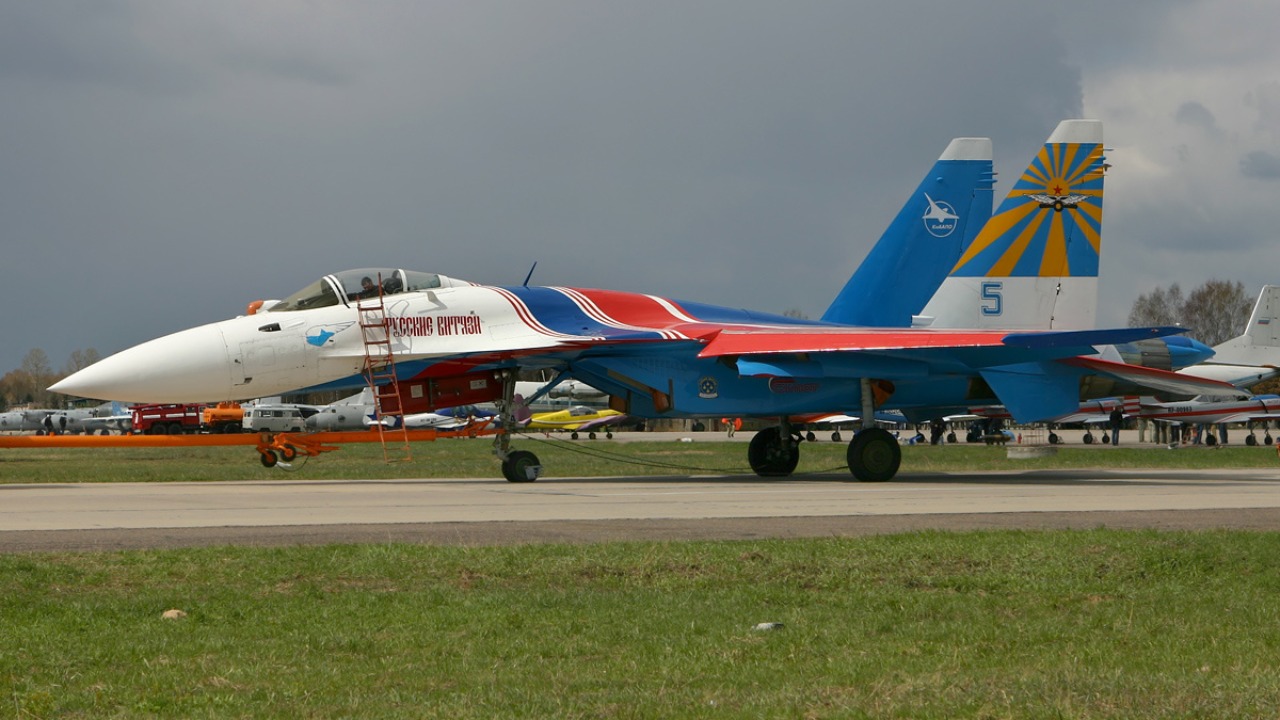
The victory of the F-16 over the Su-35 can also be attributed to the superior training programs for Ukrainian pilots. Ukraine’s emphasis on rigorous and comprehensive training has cultivated a cadre of pilots who are adept at leveraging their aircraft’s capabilities to the fullest. These pilots undergo extensive training that focuses not only on technical skills but also on strategic thinking and adaptability, preparing them for complex combat situations.
Innovative tactics employed by Ukrainian pilots played a crucial role in their success. The ability to outmaneuver the Su-35 through adaptive and dynamic strategies demonstrates the importance of tactical flexibility in modern air engagements. By utilizing the F-16’s agility and advanced systems, Ukrainian pilots were able to effectively counter the Su-35’s capabilities, showcasing the critical role of tactical innovation in achieving air superiority.
Moreover, advances in pilot training and technology have significantly enhanced real-time decision-making and situational awareness. Pilots are now equipped with tools and training that enable them to process information rapidly and make informed decisions during engagements. This capability is essential for maintaining a competitive edge, as it allows pilots to effectively respond to evolving threats and take advantage of strategic opportunities.
Strategic Implications for Air Warfare
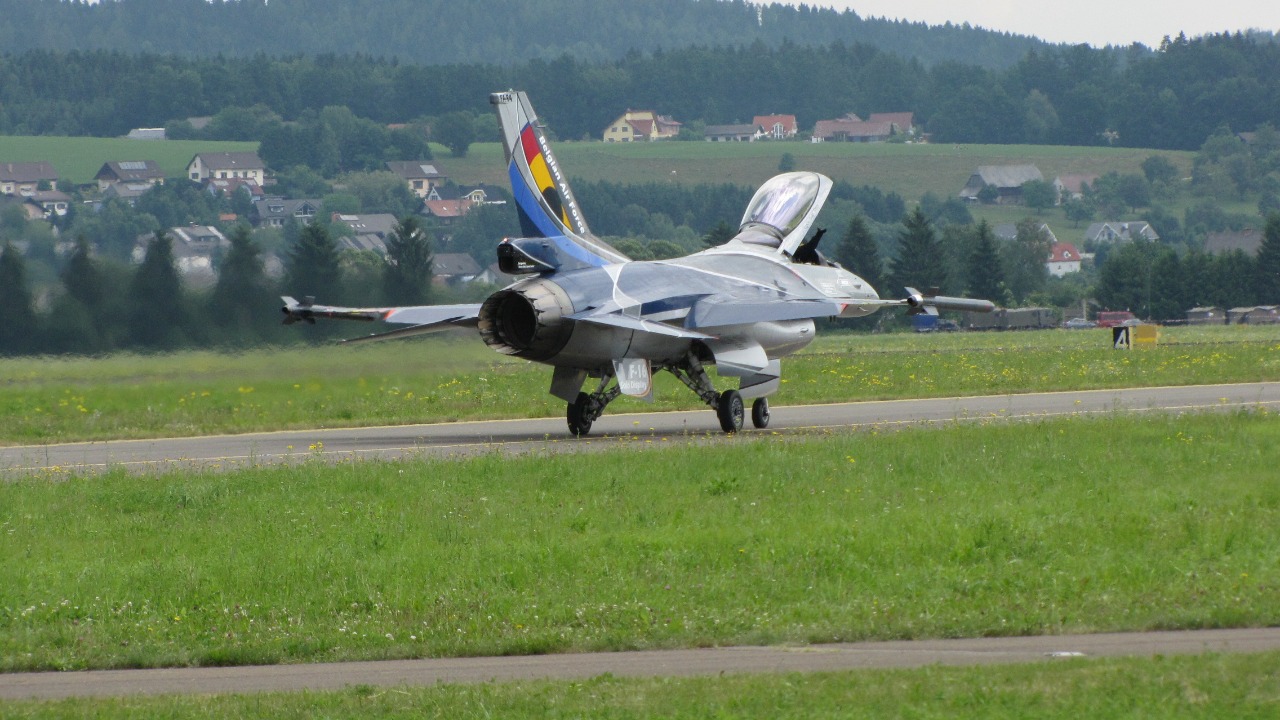
The engagement between Ukraine’s F-16 and Russia’s Su-35 highlights a growing shift towards multi-role aircraft in modern air forces. The versatility of aircraft like the F-16 makes them highly desirable for nations seeking to enhance their military capabilities with fewer resources. As air combat continues to evolve, the preference for adaptable and multifunctional platforms is likely to increase, influencing future procurement and development strategies.
This victory also has significant implications for global military alliances. The success of the F-16 demonstrates the value of investing in reliable and proven technologies, which could prompt nations to reevaluate their defense strategies and partnerships. This could lead to strengthened alliances and collaborations, as countries seek to share knowledge and resources to enhance their collective defense capabilities.
Furthermore, the engagement underscores the evolving nature of air superiority doctrine. Military doctrines must adapt to incorporate the lessons learned from such encounters, emphasizing the importance of agility, adaptability, and technological integration. The ability to rapidly adapt to new challenges and leverage advanced systems will be crucial for maintaining air superiority in the future.Challenges and Considerations for Future Conflicts
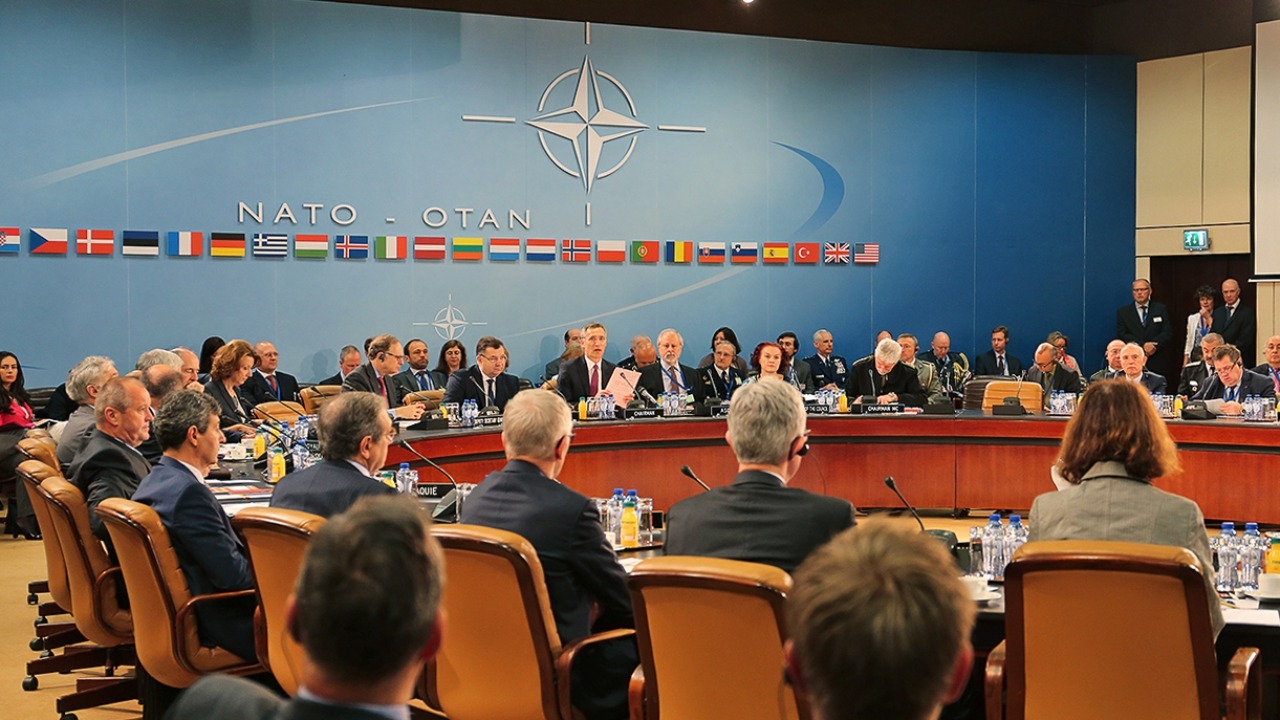
As air combat continues to evolve, nations must contend with the challenges posed by advanced electronic warfare systems. The increasing sophistication of electronic warfare capabilities can significantly impact the effectiveness of aircraft systems, necessitating continuous adaptation and innovation. Addressing these challenges will be essential for maintaining a competitive edge in future conflicts.
Balancing technology and human skill remains a critical consideration in air warfare. While technological advancements offer significant advantages, the importance of skilled pilots and their ability to make informed decisions cannot be overstated. Maintaining this balance is crucial for ensuring that technological capabilities are effectively leveraged and that pilots are prepared to handle complex combat scenarios.
Additionally, the need for adaptive strategies to counter asymmetric threats is becoming increasingly apparent. As adversaries employ unconventional tactics and technologies, nations must develop strategies that are flexible and capable of responding to diverse and unpredictable threats. This requires a holistic approach that integrates technology, training, and strategic planning to ensure preparedness for a wide range of potential challenges.
Lessons for Global Defense Strategies
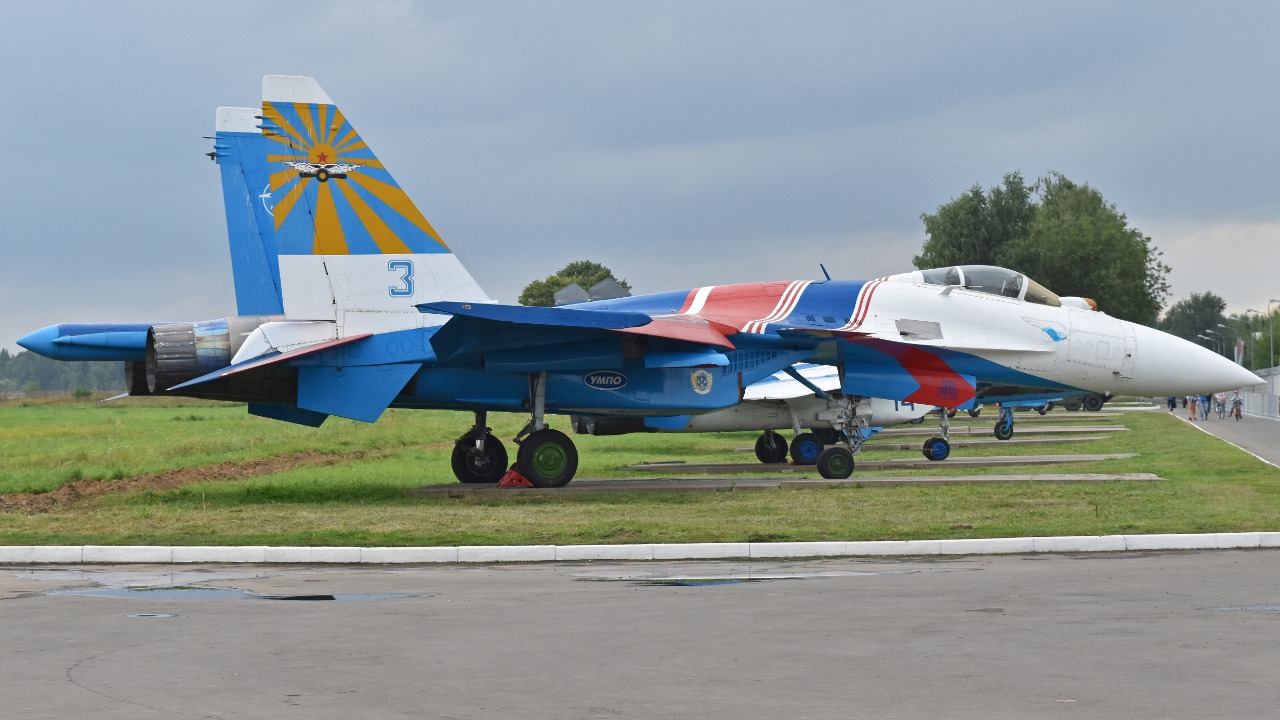
The F-16’s victory over the Su-35 underscores the importance of modernization and innovation in military technology and strategies. Continuous updates and advancements are essential for maintaining relevance and competitiveness in the rapidly evolving landscape of air warfare. Nations must prioritize investment in research and development to ensure their military capabilities remain at the forefront of technological progress.
International cooperation and knowledge sharing play a vital role in enhancing defense capabilities. Collaborations between nations can facilitate the exchange of expertise, leading to improved technologies and strategies. These partnerships are instrumental in addressing common challenges and strengthening global security.
Preparing for the future of aerial combat requires a comprehensive approach that draws lessons from recent engagements. Nations must focus on integrating advanced technologies with effective training programs and strategic planning to ensure readiness for evolving air warfare scenarios. By learning from the F-16’s success, countries can position themselves to effectively navigate the challenges of modern air combat.